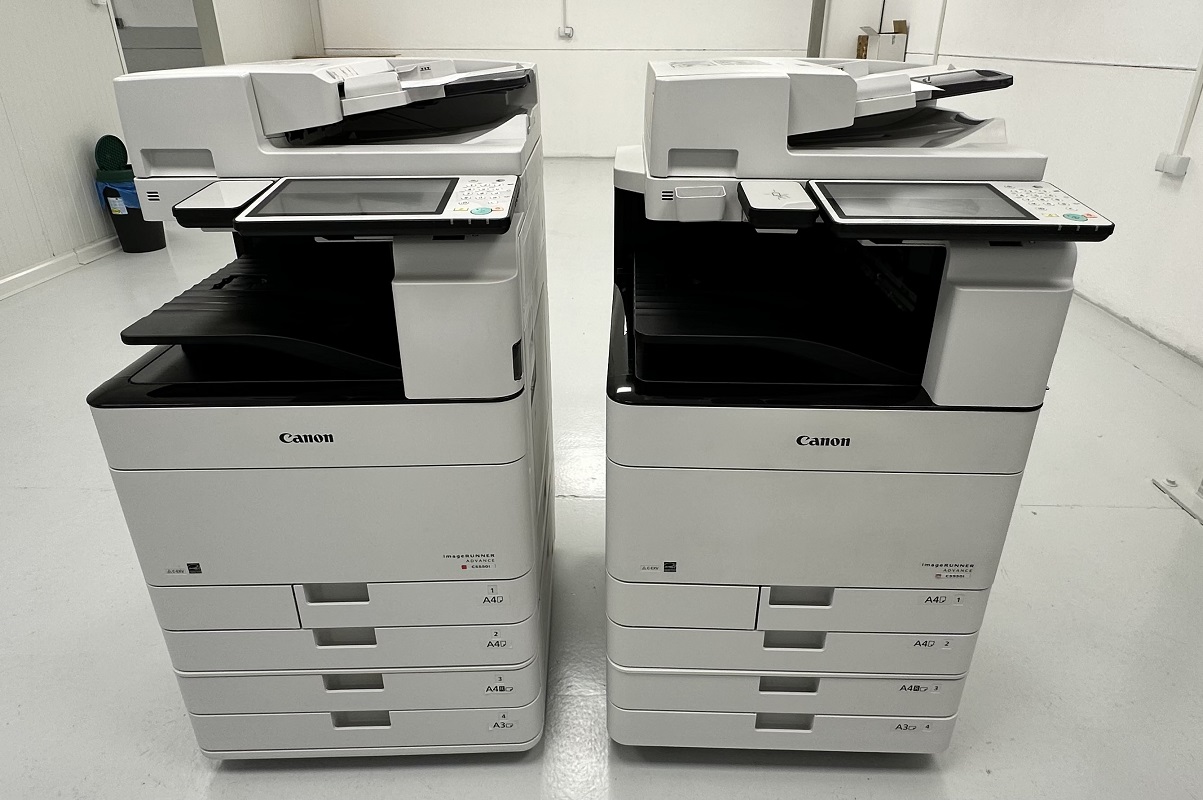As the European Union advances its sustainability agenda, new regulations are encouraging businesses to prioritise remanufacturing over recycling for office equipment like printers. This shift supports the circular economy, which aims to reduce waste and maximise resource reuse. But what does this mean for companies choosing their equipment?
Recycling and remanufacturing may seem similar at first glance, but they operate on very different principles. Recycling often involves recovering materials or minimal repairs to resell a device as second-hand, which can help reduce landfill but offers little in terms of long-term reliability.
Remanufacturing, by contrast, involves a complete overhaul. EU regulations now support remanufacturing that includes full disassembly, cleaning, and reassembly using high-quality replacement parts, backed by rigorous testing. The result is a device that performs at the level of a brand-new machine.
The EU’s emphasis on remanufacturing is not only about resource efficiency but also about ensuring access to reliable, high-performance equipment. Remanufactured devices are now recognised as a sustainable, cost-effective choice that supports both environmental and operational objectives.
For businesses aiming to stay ahead of regulatory changes and reduce their carbon footprint, investing in remanufactured equipment is increasingly seen as the practical choice. These devices not only advance sustainability efforts but also provide the durability and quality that businesses require. As EU regulations continue to evolve, the preference for remanufactured over recycled equipment is set to reshape the office technology landscape.

